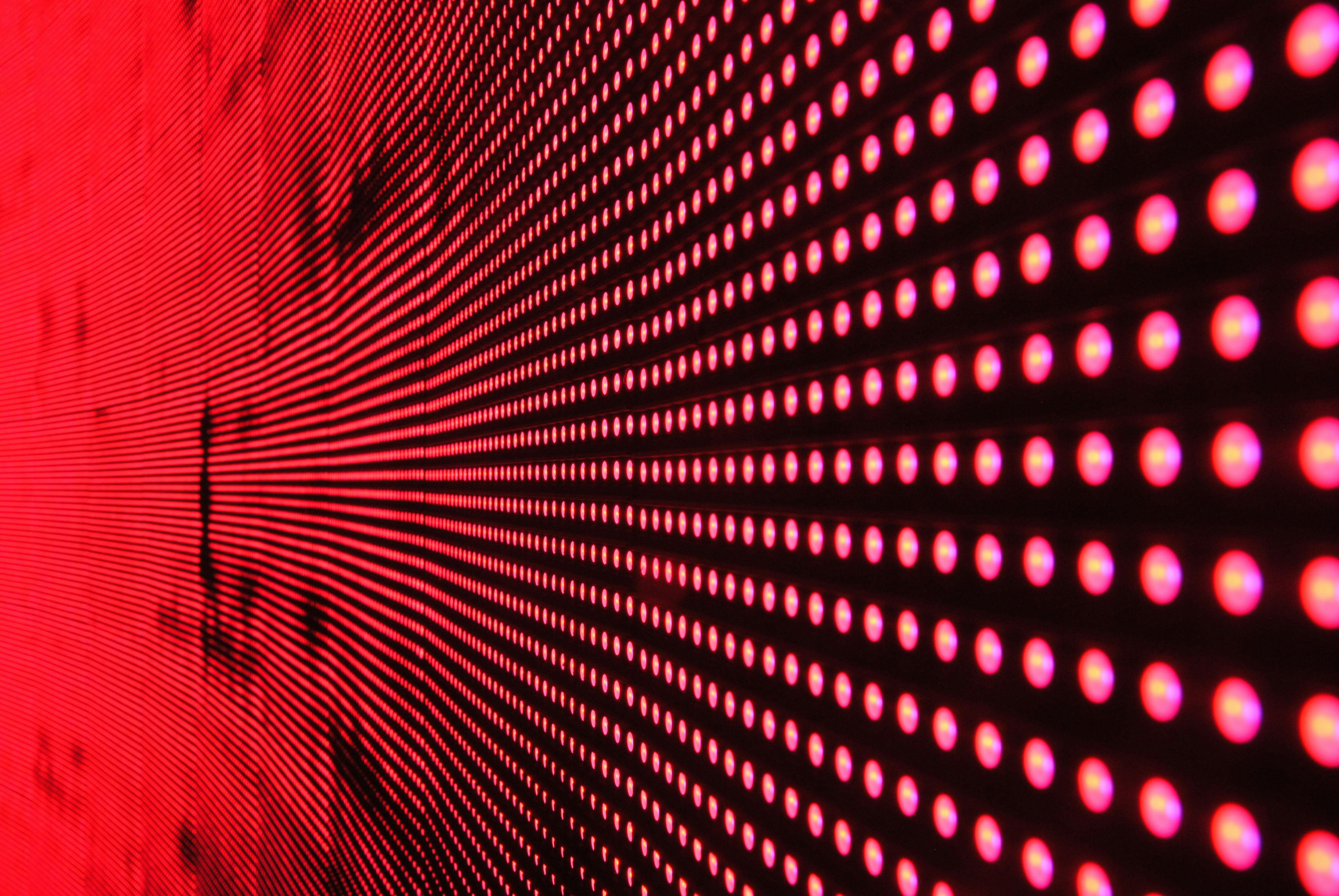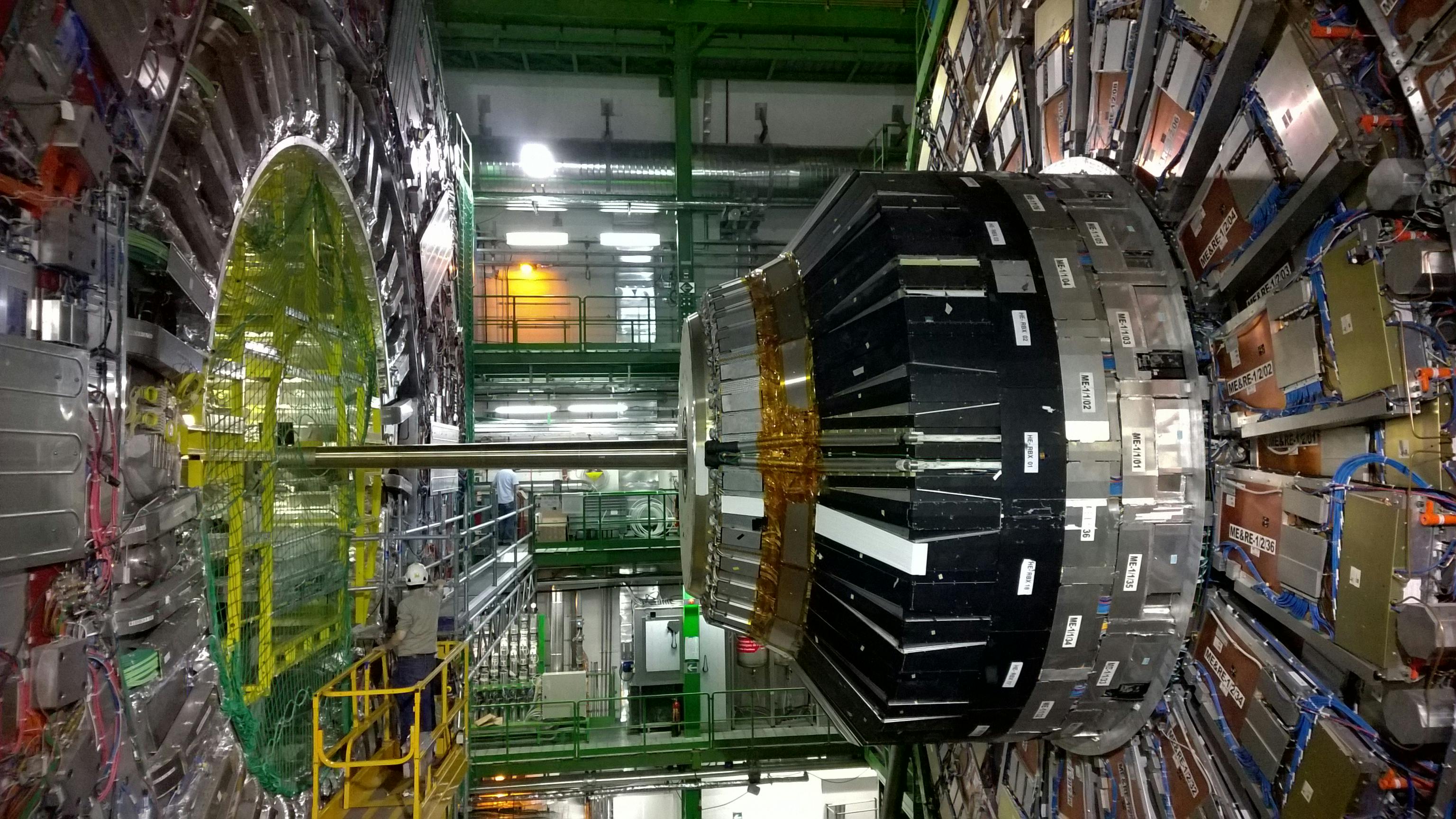
In the quantum universe, we have a problem. We are strangers to whatever is happening in there; it's nothing like our classical world. This is one of the most mind-breaking questions that still hasn't been answered yet: How can we see everything in one place if things are a lot fuzzier and everything is everywhere all at once (great movie) on a smaller scale?
We don’t know. We don’t have any proof for any explanation. But we have several theories. Quantum Darwinism is one of these. It is relatively new compared to the others. It was suggested only two decades ago by Wojciech Zurek. Even though it's really young, it is respected in the field and seen as a potential solution.
Spin
Let’s talk about the quantum world briefly. The particles that make up matter have an intrinsic property called “spin.” This doesn’t mean the particles are actually spinning. It is a form of angular momentum, which you may have heard of in high school physics. You may relate this term to mass—there is nothing visible about matter that tells us it has mass, but its mass determines its behavior in space. Yes, it is a bit abstract, but that's why it's so mind-tinglingly fun. Spin, as well, determines the behavior of the particle.
Fun fact: Even though the spin property was well-known before string theory was suggested, nowadays it is proposed that the spin is caused by the vibrations or twists of the “strings” in the particles.
Superposition
We know another property of particles in the quantum world: superposition. You may have heard of it before; it is quite popular in the science fiction community. This is the property of particles to have different spin values at the same time. For example, a particle can be both spin-up and spin-down. This matters because spin affects other properties, most distinctly position. Until the moment we observe it, the particles may have different spins and different positions in space. This is what Schrödinger meant with his thought experiment, and why Schrödinger’s equation gives only possibilities.
Entanglement
Let's dig a little bit deeper. We know that we have particles that can have various values. Sometimes in space, when two particles interact, they get entangled, meaning their properties link. It becomes such that it is not possible to define one without the other. You can think of this as mixing two liquids; they still exist but are very interwoven. It would be weird if you said, “I am drinking water and eating white powder,” while you are drinking just milk… The same thing applies here.
In a mathematical sense, before entanglement, the particles can be defined individually. See the example below:
\[ \boldsymbol{|\psi_1\rangle = \frac{1}{\sqrt{2}} (|A\rangle + |B\rangle)} \qquad \qquad \qquad \boldsymbol{|\psi_2\rangle = \frac{1}{\sqrt{2}} (|A\rangle + |B\rangle)} \]But when entangled, we can’t define \(\boldsymbol{|\psi_1\rangle}\) or \(\boldsymbol{|\psi_2\rangle}\) separately. There is only the system, which is:
\[ \boldsymbol{|\Psi_{\text{entangled}}\rangle = \frac{1}{\sqrt{2}} (|AB\rangle - |BA\rangle)} \]These are called wavefunctions. They make it easier to explain quantum concepts. Compared to the Euclidean space that you are familiar with, wavefunctions exist in a Hilbert space that is infinite-dimensional and more flexible.
Particles can become entangled by colliding, sharing force fields, or any other action that causes the particles to share "information." By information, we mean any property of the particle being shared.
You may think of this as throwing a billiard ball at a wall; depending on the surface of the wall—whether it's concave or straight—it will affect the direction of the ball after the collision. After the collision, the ball will carry “information” depending on the surface of the wall. Similarly, when particles entangle, they share information, and their actions become related.
This is a scientifically proven concept. Scientists have entangled particles, separated them miles away, and measured their properties. The result was that they stayed entangled and linked.

Decoherence
These two particles that are entangled can interact with another particle and form another entanglement. They can do this again and again until an abundant number of particles become entangled. At some point, the information is everywhere. This is called decoherence. It explains why we don't see particles in superpositions but see the classical world. Don’t get me wrong; the superposition still exists. There still can be several outcomes to decoherence.
A good analogy is to imagine a canvas onto which you splash paint. Every time you splash the brush, a different pattern is created. But what you see is not two patterns at the same time. You only see one because, at the time you observe the pattern, the splashing has stopped and settled. In the classical world, the moment you start to observe the environment, the quantum particles have already sent the information everywhere. If you ask how long decoherence takes, it is mind-blowingly fast. It can take from milliseconds to microseconds.
Decoherence explains how we see the classical world and why we see Schrödinger’s cat not dead and alive at the same time. But it doesn’t explain why some people don’t see differently from others. Why can’t Schrödinger’s cat seem dead to some people and alive to others?
This is where the theories start firing. From now on in the article, we are in a dark place. We don’t have any evidence, only theories to explain how things work.
The Collapse
We have mentioned wavefunctions. At the moment of seeing the world in the classical manner, the wavefunction is said to "collapse." This means the superpositions disappear, and only one outcome seems plausible. For example, take a look at the function below:
\[ \boldsymbol{|\psi\rangle = \frac{1}{\sqrt{2}} (|A\rangle + |B\rangle)} \]In this case, the particle has a 50% chance of being in state A and a 50% chance of being in state B. When the wavefunction collapses, it becomes:
\[ \boldsymbol{|\psi\rangle = |A\rangle} \]There is a 100% chance of the particle being in state A. The other possibility is gone.
This idea of collapse can be seen as a physical reality or an illusion of our perception, according to the theory.
Quantum Darwinism tries to explain this jump and whether it's real or not. It is one of the theories that explains why everybody sees one sole reality. This is also called the "measurement problem."
The Pointer States
The solution it suggests to this is the "pointer states." These define states of particles that do not get scrambled by the environment. They don’t change because they are stable and robust.
This is where Darwinism kicks in. The environment puts pressure on the states by storing the information of only some particles. To survive, particles must be chosen. If they are stable and the environment doesn’t disrupt them, they copy their information even more and become abundant—just like natural selection.
These states also result in high entropy, which is one reason they succeed in existing. Entropy is basically a measure of disorder. In the universe, entropy is condemned to increase overall. For this reason, the environment benefits the one with higher entropy. In real life, ice melts because it increases entropy, or when you break a glass, it doesn’t return to its old self because it is not entropically favorable. A rule of thumb is: when something is more distributed, its entropy is higher. This is also true for quantum particles. Because pointer states are stable, they easily spread their information into the environment, enabling higher entropy and making them appear everywhere.
This Is the Beginning
Quantum Darwinism is a mind-blowing explanation for the deepest questions about our classical world. It is not proven yet and can’t be considered the truth, but it has potential. Similar to this theory, there are several other ones that try to explain the measurement problem and the collapse of the wavefunction. Some of them even theorize infinite parallel universes where every possibility happens, which is quite a breathtaking idea.
These theories are not yet proven, but the research is continuous and non-stop. It is definitely interesting to watch the world learn about the core principles of our universe for the first time. There are many questions unanswered and created by the new theories. However, if there is one thing science is good at, that is solving its own problems.
